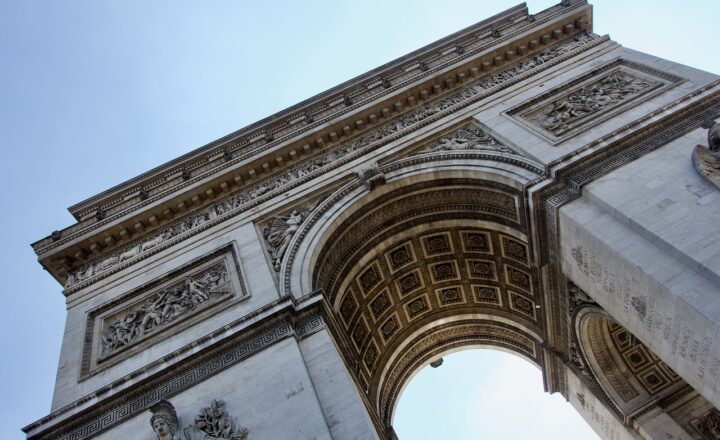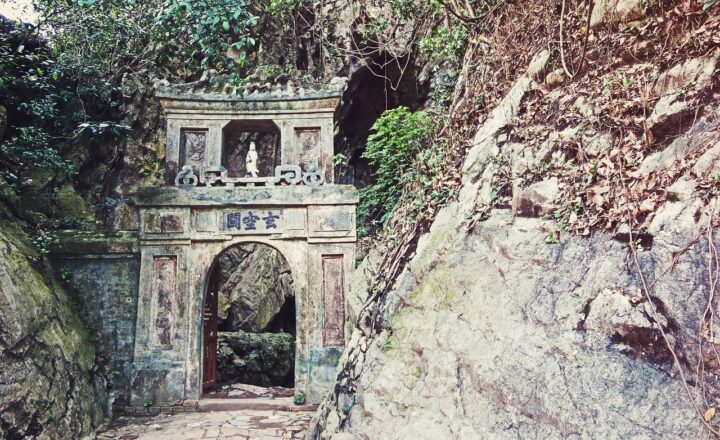
Italy is renowned for its rich history and breathtaking landscapes, making it a top destination for travelers seeking a timeless experience. Beyond the well-trodden tourist paths of Rome, Florence, and Venice, Italy is home to countless enchanting towns that boast centuries of history, vibrant local cultures, and stunning architecture. In this guide, we will explore some of the best historic towns across various regions in Italy, inviting you to step back in time and immerse yourself in their unique charms.
1. Matera: The City of Stones
Located in the Basilicata region, Matera is famed for its ancient cave dwellings, known as “Sassi.” These remarkable stone houses, carved directly into the mountainside, have stood the test of time and offer a glimpse into the lives of the people who inhabited them for thousands of years. A UNESCO World Heritage site, Matera’s history dates back to the Paleolithic era.
Visitors can take a guided tour of the Sassi, marveling at the intricate rock churches adorned with stunning frescoes. Don’t miss the chance to watch the sunset from the viewpoint at the Belvedere di Montalbano, where the glowing cave dwellings create an ethereal atmosphere.
2. Siena: A Medieval Marvel
Siena, located in Tuscany, is a quintessential medieval town that dazzles with its well-preserved architecture and vibrant culture. Famous for its historic Piazza del Campo, where the Palio di Siena horse race occurs twice a year, the city radiates an old-world charm.
The stunning Gothic cathedral, Duomo di Siena, captivates with its intricate façade and beautiful interior, featuring artworks by renowned artists. Stroll through the narrow, winding streets, where you can discover local shops, traditional trattorias, and small artisan studios. A visit to Siena feels like stepping back into a fairy tale.
3. Assisi: A Spiritual Sanctuary
Known as the birthplace of St. Francis, Assisi is a town steeped in spirituality and tranquility. Nestled in the Umbria region, this historic gem showcases stunning medieval architecture and breathtaking hillside views.
The Basilica di San Francesco, a UNESCO World Heritage site, is a highlight, featuring frescoes by Giotto and other master painters. As you wander through the charming streets, you’ll find quaint shops and delightful cafés, perfect for enjoying a leisurely afternoon. The peaceful ambiance and spiritual significance make Assisi an essential stop for any traveler.
4. Lucca: The Walled City
Lucca is a historic city in Tuscany, famous for its intact Renaissance-era walls that encircle the town. Unlike many Italian cities, Lucca features a relaxed pace that allows visitors to soak in its beauty. Rent a bike or take a leisurely stroll along the city walls, which offer stunning views of the surrounding countryside.
Within the walls, you can explore charming piazzas, nestled churches, and hidden gardens. Don’t forget to visit the stunning Duomo di San Martino and the picturesque Piazza dell’Anfiteatro, an ancient Roman amphitheater now transformed into a vibrant square lined with restaurants and shops.
5. Orvieto: Perched Above the Hills
Perched dramatically on a cliff in the Umbria region, Orvieto is a breathtaking town that enchants visitors with its magnificent Gothic cathedral and charming medieval streets. The Duomo di Orvieto is a masterpiece of architecture, renowned for its detailed façade and stunning frescoes.
Exploring Orvieto involves wandering through its winding streets, discovering local artisan shops and sampling exquisite wines in one of the town’s numerous enotecas. Take a moment to enjoy the panoramic views from the Torre del Moro, which offers a bird’s eye perspective of the stunning surrounding landscape.
6. Ravello: A Cliffside Jewel
Situated along the Amalfi Coast, Ravello is famous for its stunning views, lush gardens, and breathtaking villas. Its Fortunate position has attracted artists and musicians over the centuries, making it a cultural hub filled with beauty and artistry.
Villa Cimbrone and Villa Rufolo are two highlights, offering beautifully landscaped gardens and spectacular views of the coast. Ravello is also celebrated for its annual music festival, which draws talent from around the globe. Strolling through the picturesque streets, you will find hidden corners and local boutiques, enriching your travel experience.
7. Alberobello: The Trulli Town
Alberobello is famous for its unique trulli buildings, conical-roofed stone huts that are a hallmark of the Apulia region. This UNESCO World Heritage site offers an otherworldly charm, with streets lined with these iconic structures.
Visitors can explore the Trulli district, marveling at the traditional architecture and learning about the history of these unique homes in the Trulli Museum. Be sure to sample local delicacies, including orecchiette pasta and burrata cheese, at one of the charming eateries.
Conclusion
Italy is a treasure trove of historic towns, each with its unique story and charm. From the timeless allure of Matera’s cave dwellings to the medieval marvels of Siena, a journey through these towns offers an enriching experience, allowing you to connect with Italy’s vibrant history and culture. Whether you are seeking spirituality in Assisi, the artistic heritage of Ravello, or the delightful uniqueness of Alberobello, the beauty of Italy’s historic towns will leave a lasting impression, inviting you to return time and again.
As you plan your next trip to Italy, consider these hidden gems that promise a timeless escape into history and culture.







